When Steven Kamla responded to an advertisement for a pen pal in the back of Teen Magazine in the early ’80s, he could not have known then that he’d be laying the foundation for what would become a lifelong friendship. Nor could he have imagined that pen-to-paper communication, nearly four decades later, would be rendered a lost art thanks to marvels known as email and Snapchat. But that’s what happened to Kamla, a teen from Wisconsin who is now a 52-year-old hair stylist in San Francisco. He estimates that he and his pen pal, Mohini Mistry, who lives outside of London, England, have exchanged close to a thousand letters. The two have met several dozen times too, but despite advanced technology, they are sticking to their old ways.
“I’ve never thought of emailing her as that was never our relationship,” says Kamla. “I didn’t even have her email until six months ago, and we are still adamant about continuing to write.”
As teens, the duo talked about school and family and gushed over clothes and their favorite music. They even sent magazine pictures and badges depicting their favorite bands (Duran Duran, Wham!, Soft Cell, Michael Jackson). As they grew older, their friendship deepened, and they navigated topics such as college and jobs, health issues, and even personal hurdles such as when Mistry’s parents, both Hindu, planned to arrange her marriage. Mistry wrote to Kamla, revealing that she planned to tell them she wanted to live her life and be with someone she loved. She’s been married to her English husband, Garry, for 31 years now, and Kamla, along with Mistry’s parents, attended the wedding.
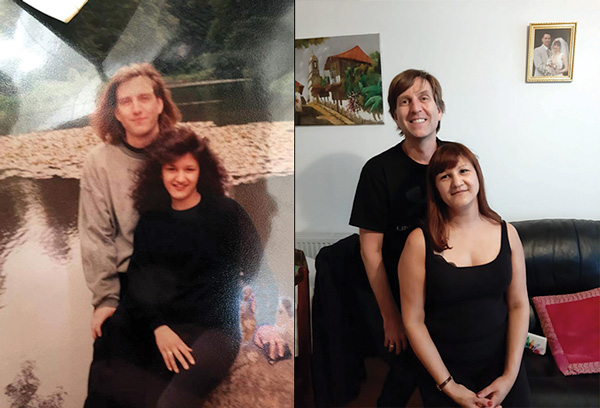
“I had my friends and work colleagues, but I always wrote Steven more about my feelings,” Mistry says. “Even though he was in America, he understood me more than anyone and he has remained a constant in my life.”
Also thinking of the people who shaped her life was Nancy Davis Kho, the author of The Thank-You Project. In 2016, the year she turned 50, Davis Kho set out on a pen-and-paper gratitude journey and wrote 50 thank-you letters to friends, coworkers, teachers, exes, doctors, and family members, including her father, who framed the letter and hung it above his desk. Davis Kho’s father passed away unexpectedly later that year, but knowing that she’d put her words of love and thanks down on paper for him provided comfort. “So much of our communication is digital now, and nothing sticks around. But by putting something into the physical artifact of a letter, there’s a permanence that allows you and your recipient the opportunity to really savor the sentiments within.”
There are plenty of studies on the positive benefits of writing, including one by social psychologist James W. Pennebaker, a pioneer on the subject and a professor at the University of Texas, Austin. He’s also the author of Opening Up: The Healing Power of Expressing Emotion and Writing to Heal, in which he details evidence that expressive writing heals physically and emotionally. Davis Kho found this to be absolutely true. By virtue of seeking things to include in her letters, she says she enhanced her positive recall bias — the ability to notice positive things rather than negative things first — and fostered a greater sense of forgiveness in cases where she’d held on to old hurts and resentments.
“What has surprised me most about writing letters is how much differently I express myself and how much deeper I am able to go.”
“The thank-you letters made those things recede into the background, and I think they strengthened my sense of connection and community,” she says. “People who received my letters certainly understand better how much I care for them, and they treat me accordingly.”
With, on average, 2.26 billion people using Facebook, WhatsApp, Instagram, and Messenger each day to communicate, it’s easy to shoot off meaningless words, angry or otherwise, without a second thought, and forget about them just as quickly. For Kamla, letter writing has prompted a journey of self-discovery. “What has surprised me most about writing letters is how much differently I express myself and how much deeper I am able to go,” he says. “I can slow down and take the time to think about what I want to say. It’s therapeutic in a way. And knowing I will have Mistry’s full attention when she’s reading makes me more thoughtful about my words.”
For our hyperconnected culture, the concept of “losing touch” is a hard one to grasp. But during the pre-computer, pre-cheap phone plan world, letters were the instant messages of their day, and a link to friends far away. This was true for Raffi Darrow, 44, of St. Petersburg, Florida, and her best friend Rivki Yellin. The two met in San Jose, California, and spent first and second grade together before Yellin and her family moved to Staten Island. They spent the next 15 years writing back and forth, sending Scooby-Doo stickers and recounting stories of boyfriends and movies, and later weddings and children. Darrow says they don’t write letters anymore, opting for the ease of phone calls and instant photos, but the letters were the glue that kept their friendship together.
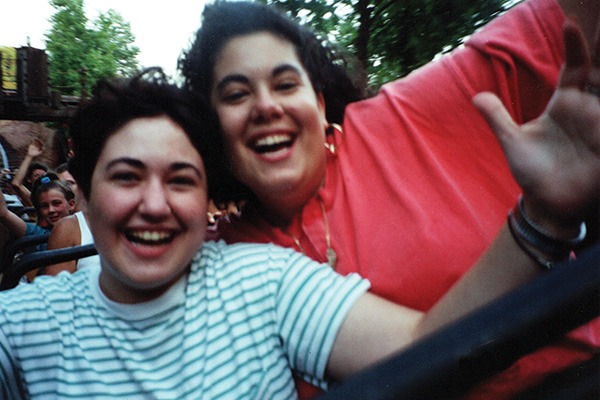
Something else today’s rapid-fire technology can’t deliver and the instant-gratification culture misses out on? The sweet sensation of anticipation. “Waiting was unbearably exciting. There was nothing like opening the mailbox and seeing that physical letter. It’s hard to explain this to my kids now,” Darrow says. “I felt important and loved every time I got a letter from Rivki, and I know she felt the same way.”
Darrow still has all her letters, as does Mistry. And Davis Kho made copies of the ones she sent knowing that one day, they will be signposts of her younger days.
“It will be so lovely to look back at your correspondence from the vantage point of an older age and be reminded of who you were, and who and what mattered to you.”
This article is featured in the May/June 2020 issue of The Saturday Evening Post. Subscribe to the magazine for more art, inspiring stories, fiction, humor, and features from our archives.
Featured image: Shutterstock
Become a Saturday Evening Post member and enjoy unlimited access. Subscribe now
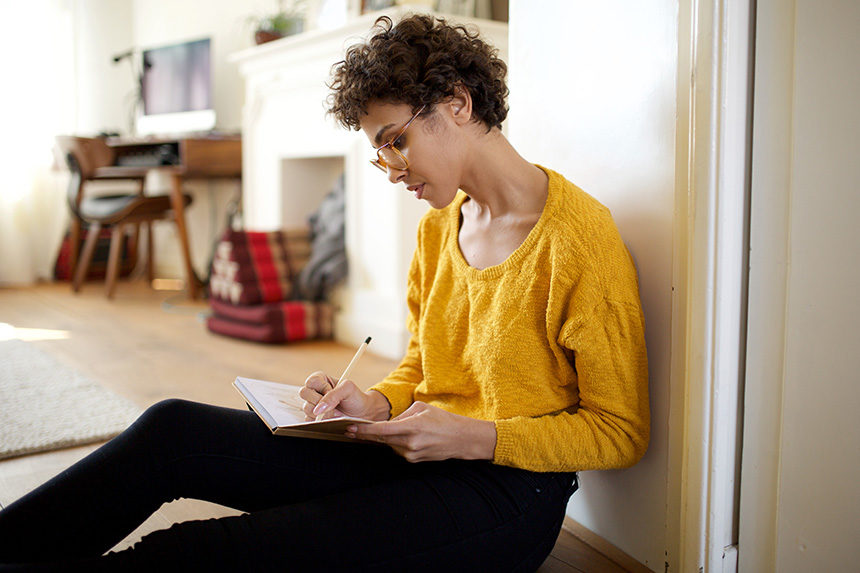
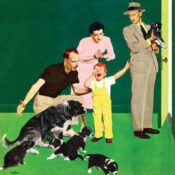

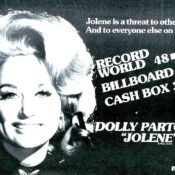
Comments
I need a doctor penpal from around the world
I started writing to pen pals when I was 12 years old. As a poor child growing up in a rural area, I never imagined I could go out into the greater world and experience anything beyond the limits of my surroundings. Instead, I brought the world to me through correspondence. By the time I was 17, I had 20 pen friends with whom I was in regular contact.
What started in 1977 eventually lead me to someone unexpectedly special a decade later. A pen pal who I’d known for many years referred one of her pen pals to me, and I fell in love with him after two exchanges. Several months later, he loved me in return and we carried on a long distance relationship for 10 months without ever having met. I adored him, but the situation was fraught with difficulty. Eventually, we finally met, and we’ve now been happily married for over 30 years.
The depth of communication that you can have with people by distance is amazing, but both people have to be good at it. I’m still in touch with the woman who is responsible for helping me meet the love of my life, though nearly all of the others have fallen away. I don’t pine for the delays in communication that I used to have with friends back then, but I do miss the complexity and care that were put into those relationships.
Pen pals can be a powerful influence? I can attest to this. I’d sought out contacts in Japan to get Japanese shows on VHS tapes. These contacts developed into pen pals who introduced me to their country to the point where I decided to visit.
I now go every year, visiting friends, familiar places and, oh, yeah, spending time with the romantic liaison I developed there.
I took notes on this one.